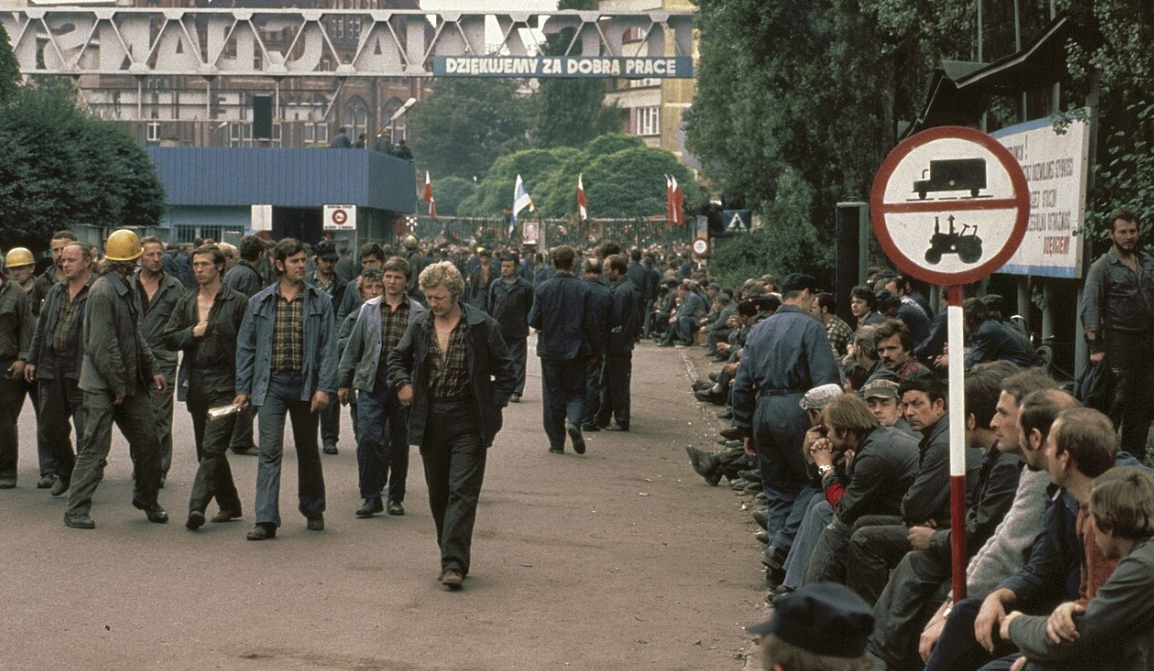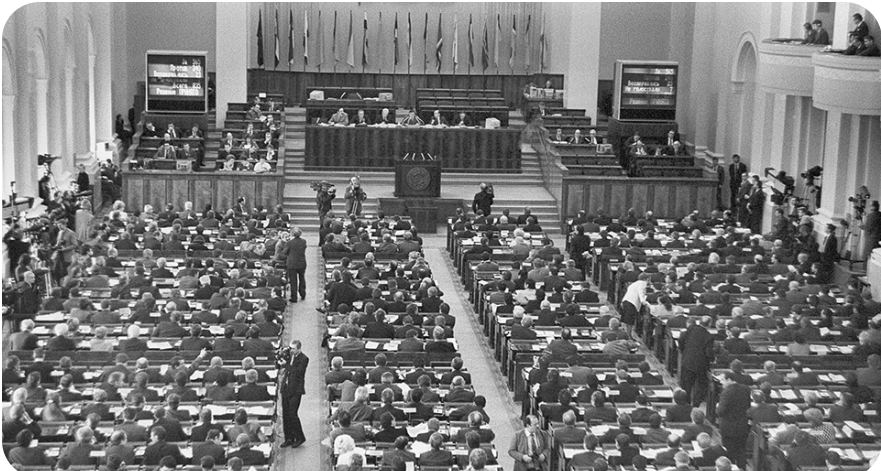Poland

Polish factory workers going on strike to protest the cost of food and for better working conditions.
The Polish citizenry dealt with the increase in food prices by going on strike, as illustrated above. These strikes were organized by a single group called Solidarity. The strikes effectively forced the Polish government to meet the demands for better working conditions, better pay, and better working hours. For context, better pay meant just enough money to keep up with the increase in the price of food. This was an increase of 2 or 3 Zlotys (or about $1) per hour. Additonally workes demanded better working hours, such as going to a 7 am-8 pm job instead of a 6 am-8 pm work schedule. The protests were very effective, as they almost shut down the entire Polish economy. These strikes continued until 1981, when the USSR threatened Poland to crush the protests with martial law or be invaded.
